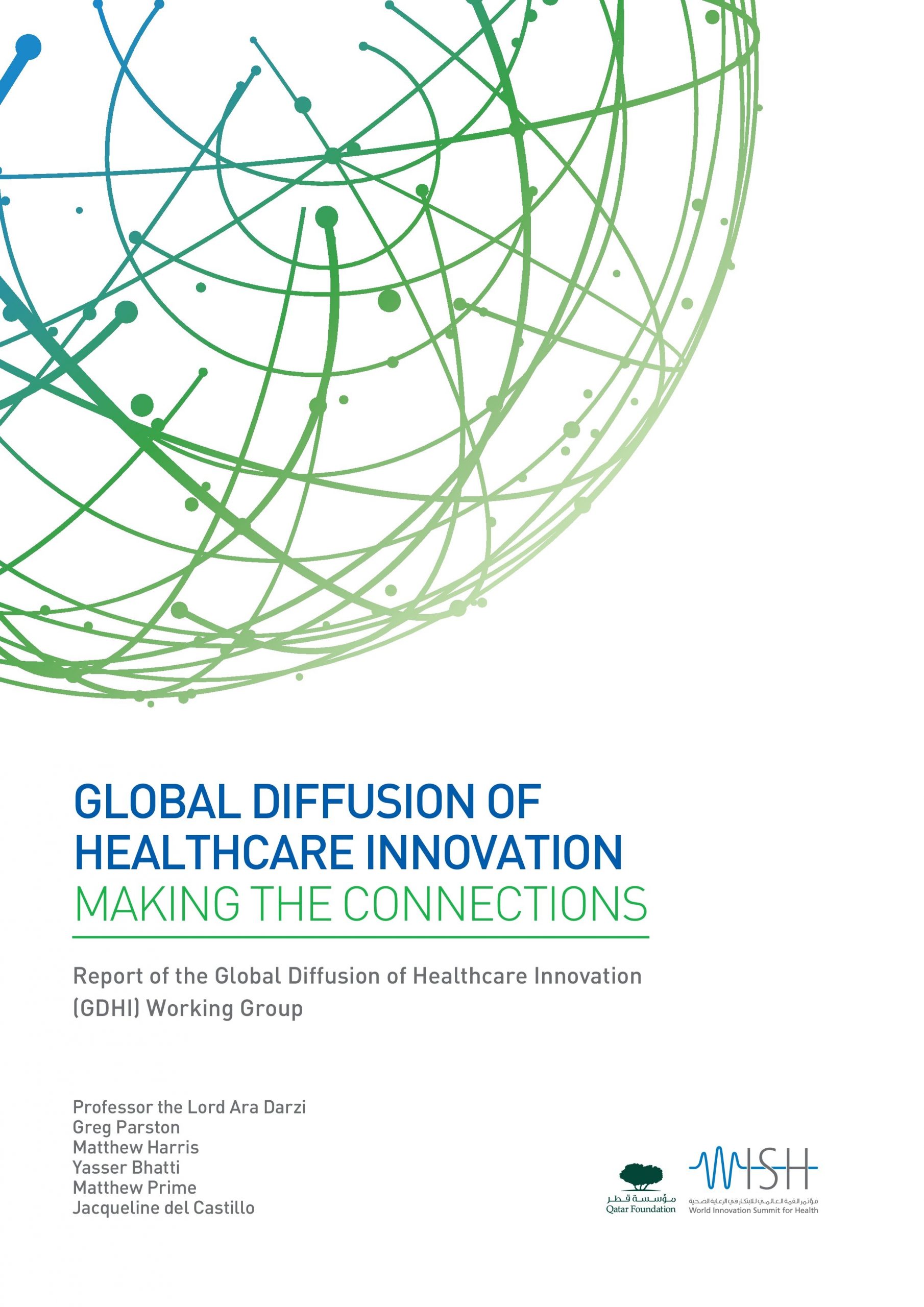ملخص تنفيذي
This research is part of the ongoing study of GDHI. The diffusion or spread of innovations over time through a specific population or social system is important to unlock the potential benefits of an innovation. There has been much study of how to encourage the uptake of innovations so that they become part of everyday practice and benefit many, rather than a few. In this research, we explore this from the demand side. We explore how FHWs and leaders find solutions to their everyday challenges, and which sources are the most influential. We consider how these groups are sourcing solutions to their problems in six countries and how healthcare organizations can source innovations more effectively to meet the needs of FHWs and leaders. The study also explores the role that ‘curator organizations’ – a specialized set of organizations that source innovations from around the world – are playing in helping to diffuse innovations into clinical practice. We consider what role these organizations could play in future to ensure that they are relevant to frontline needs.
The study builds on previous findings from 2013 GDHI research that showed how certain system characteristics, enablers and frontline behaviors are critical to diffusion.1 It follows on from the 2015 GDHI study that assessed the importance and prevalence of these elements in eight case studies of rapid, successfully scaled innovations.2 This year, our study focuses on how FHWs and organization leaders source innovation in the first place.
Our research draws on quantitative surveys of more than 1,350 FHWs in major urban centers of six countries (England, the United States (US), Qatar, Brazil, India and Tanzania). We conducted more than 90 personal interviews with healthcare leaders in these locations and in-depth conversations with the managers of 10 curator organizations.

